In the depths of Borneo’s rainforests, a new day dawns. The first birds begin their gentle song, whilst the rustling of leaves indicates other animals stirring from their slumber. As the forest wakes up for the day, the small red apes in our camps do too. These orphans don’t have a mother to care for them; it is the camp staff that will answer their calls and continue to do so for approximately the next eight years.
Soft-release orangutan and carer
The soft-release programme cares for orphaned orangutans whilst they learn the skills needed for a life in the wild, so that one day they can be released. Most orphans in our care are handed over to us from life as illegally kept pets and are often no older than one at the time. In the wild, infants of this age would still be entirely dependent on their mothers for food, transport and learning the forest.
From being bottle fed as infants, to being encouraged on their very first climb, and eventually reaching the final milestone of nest-building, it is the orangutan carers that support these individuals on the entirety of their journey. The bond that forms over the many years is extremely special and unique but eventually, when an orangutan is ready, the day finally comes to say goodbye.
Recent handover Epeng’s first time climbing
Last month, ten-year-old Mona was released into the wild after eight years in our care. She was confident and determined, always wanting to sleep overnight in the forest for extra learning. Each orangutan that passes through the soft-release programme has its own personality and traits. We caught up with the staff that looked after Mona to learn more about her and their experience.
Mona pictured at age one and at age ten
“Mona is a very active orangutan. I’m so happy to be able to care for her.”
“She is building her own nest and is independent, also eating fruit in the forest. I’m so happy for her to be released back into the wild.”
After supporting Mona on her journey, the staff walked one last road with her. Carrying the now 30kg female in a transport enclosure, the team battled through waist high water due to flooding from the rainy season.
Mona in transport enclosure on way to release site in Lamandau Wildlife Reserve
Once the release site was reached, it was time for Mona to be begin her new chapter. The transport cage door was opened, and within moments she shot up the tree to start her life in the wild. This wonderful achievement would not be possible without the dedicated carers and staff at camp.
An orangutan returning to the wild is one of mixed emotion; joy and achievement are of course prominent. Regardless, there is nothing like helping these individuals return to their natural habitat – it is the carers that have the first-hand experience of this.
Mona being released into the wild
Each and every one of our 66 Indonesian staff members are critical to the fulfilment of our conservation programmes. Without them, none of this critical work would be possible.







